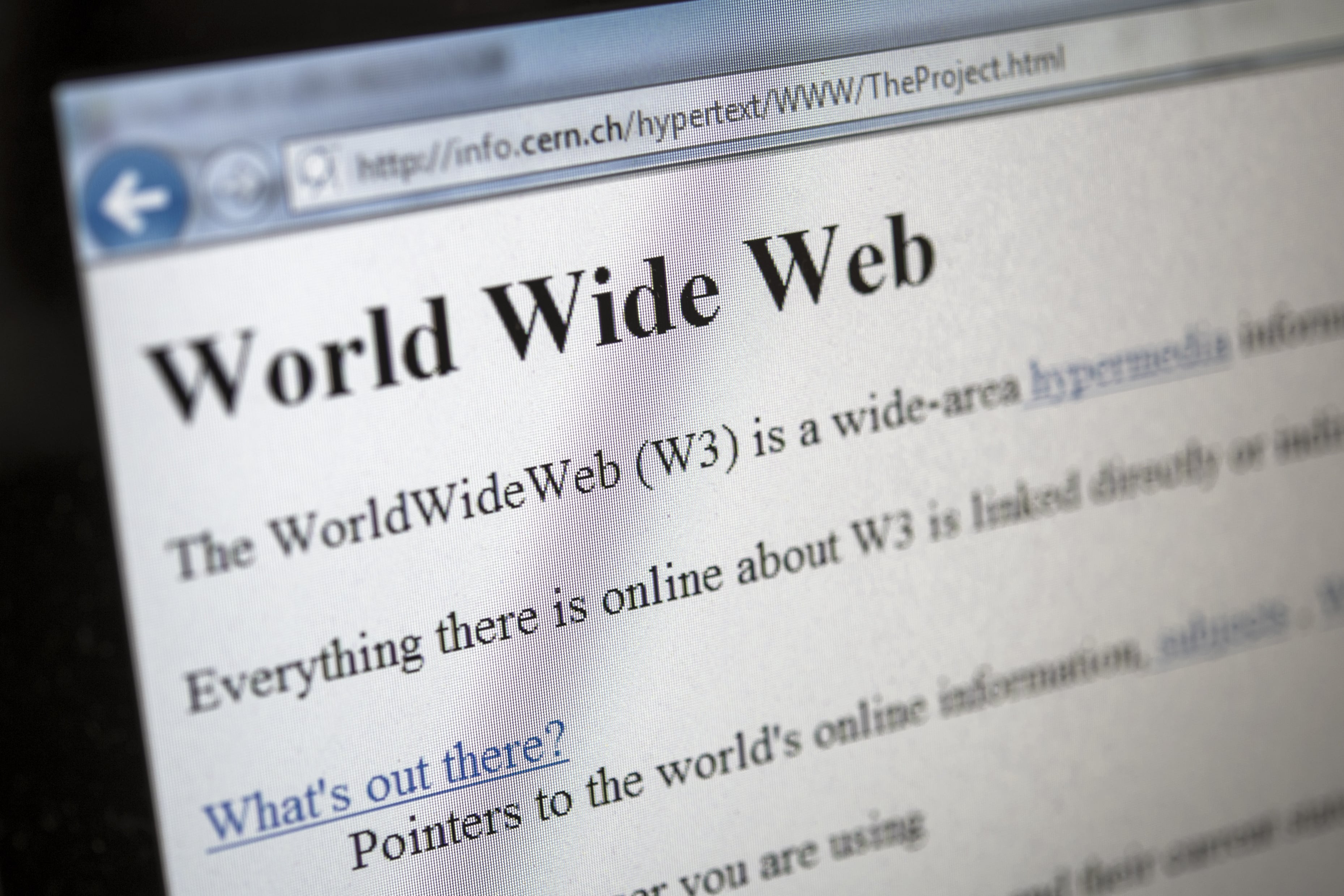Imagine for a moment a government where one doesn’t have to know how government is organized to find the services, capabilities and information one needs or wants. Imagine a world where government services are exposed and provided on a just-in-time basis.
Imagine a world where the real cost and the real benefit and beneficiary of every government function can be measured through transparent real-time and historic metrics. And imagine a world where — especially in this age of privacy concerns — every citizen could securely and instantly view the personal information the government has captured and is maintaining.
I believe we are in the early stages of one of the most significant and profound periods of change the world has ever seen as it relates to the way we govern and manage our civil society — ultimately propelling those aspirations into reality. Just as our government had to transform itself to both embrace and respond to the industrial revolution, we are now challenged as a nation and as a government to embrace and respond to the digital revolution. This new era for government is propelled by a global digital tidal wave that has already produced remarkable changes in the lives of consumers and has impacted the way we work, play, associate and communicate.
Today's digital revolution had its initial spark in the form of a government-sponsored initiative that created the Internet. A steady flow of private- and public-sector innovations and broad market adoption of standards-based technologies in both the government and the private sector have strengthened its foundations. Government-based organizations like the National Institute of Standards and Technology and the Department of Energy have a long history of contributions to the digital revolution, among many others too numerous to name. The federal government and its employees have long been both a customer and a large market opportunity for technology companies, and have had a significant impact on long-term trends. From aiding our capabilities during wartime, to researching new vaccines and cures, to controlling air traffic in our nation's skies, technology has time and time again changed the game and enabled the federal government to be more effective.
RELATED

But, there is now broad, nonpartisan consensus that much of the technology that powers the federal government has become too old and slow, too expensive to change, too hard to fully secure, too inefficient to operate, and too hard to use. In short, it lacks the functionality to meet today's mission. We now face a challenge that's bigger than Y2K — the only difference is there is no 11:59 p.m. on Dec. 31, 1999, and we are grossly underestimating the potential impact.
This time around, we just get a little more out of date every day, and the costs continue to rise. Further, there is a growing shortage of people with the skills to manage these legacy technologies. To break out of this pattern, we have to begin a new cycle of strategic investment to replace and modernize our infrastructure and core government applications. And when we do, it will cost a lot less and serve the American people better as we leverage the lessons already learned from the digital pioneers who've led the way in the commercial sector and in forward-thinking governmental organizations.
To help drive this change, my team will continue to drive a whole-of-government approach to advance our capabilities — building on top of the great work being already done across the board by federal employees — including a focus on several key accelerators to move to the digital government of the future:
First, we will soon be asking agencies to rate their core information platforms in a risk- and opportunity-based manner based on both cybersecurity as well as technology obsolescence and functional utility factors. Based on that assessment, we will ask agencies to develop prioritized plans for the timely upgrade and replacement of these core systems, utilizing cloud-based shared capabilities and services. We'll also "open source" more of the custom-developed common capabilities that government requires to fully leverage the full ecosystem of capabilities available to us.
Second, over the next few months, we'll develop and implement a comprehensive human resource strategy that will ensure the federal government has the right workforce to manage and implement this huge transformation. This strategy will leverage the best of the private sector along with the right mix of existing and new federal employees.
Third, we'll continue and expand our already promising work with our US Digital Service teams, GSA 18F resources and Agency Digital Services teams, who've made rapid and important improvements to critical public-facing websites and services, like moving the old Healthcare.gov operating system, which cost $200 million to develop and $70 million to maintain, to the new SLS system, which cost $4 million to produce, with annual maintenance costs also at $4 million.
More will be needed, of course, including strong bipartisan support from Congress and a commitment from the next administration to continue on the digital journey we are already on.
But this is a challenge we must meet. It is the right thing to do, the right time to do it and one of the most important things to do right.
In Other News



